She has a pair of eyes that can speak.
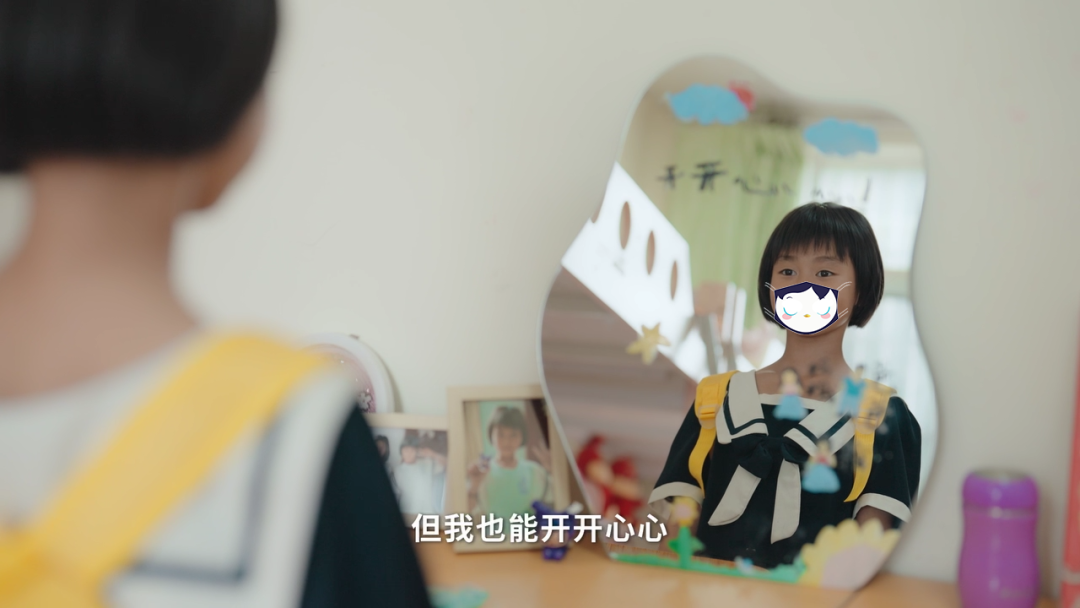
From the crowd of children in the child welfare institution, Chunhui Village Program director Wang Li immediately noticed Sisi. Her round, expressive eyes darted about quietly, as alert and defensive as a little hedgehog She hid behind other children, her tiny frame swimming in oversized clothes—loose tank tops and shorts hanging from her shoulders. The sight struck a chord with Ms. Wang. Children at Sisi's age are in a critical stage for developing emotional bonds and self-identity. The sudden loss of her parents may lead to long-term trauma and emotional stagnation. What was even more concerning—Sisi had yet to develop a basic sense of self-protection. She couldn't distinguish between genuine care and veiled danger, making her vulnerable to potential harm and secondary trauma.
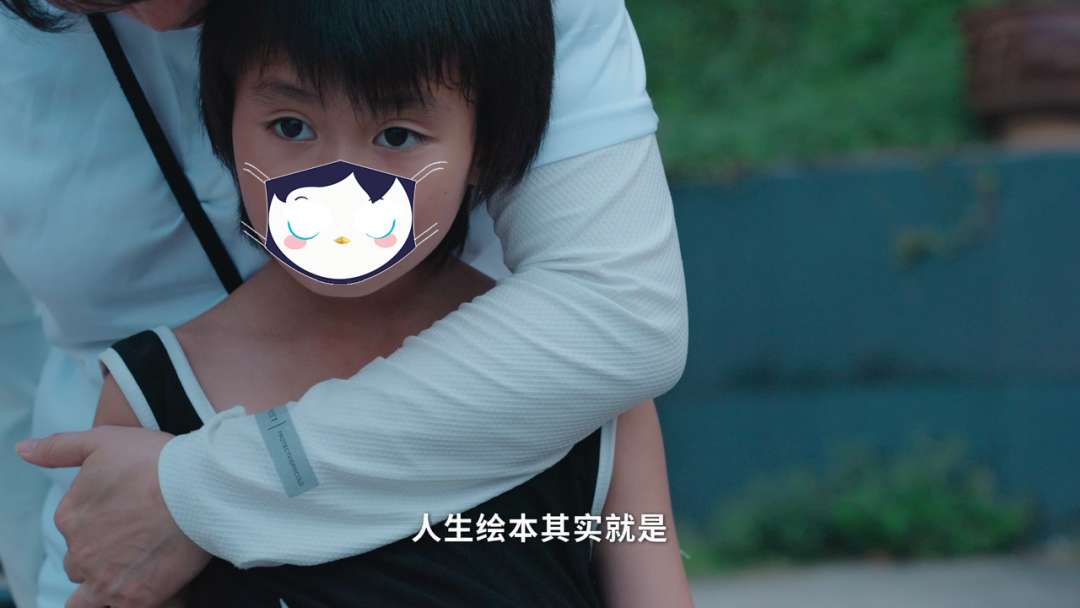
Sometimes, life shatters without warning. What was once a warm home shattered under the weight of illness. The year both of her parents passed away, Sisi's world came to a halt. At just ten years old, she was forced to carry a burden far too heavy for children of her ages. In those first encounters, whenever the topic shifted to her parents, her gaze would freeze, as if time had stopped in that very moment. "You love drawing so much—would you like to draw your mom and dad?" Wang Li asked softly. Sisi gripped the hem of her shirt tightly and shook her head. Her voice was stiff. "I don't want to...I'm afraid that I'll draw them ugly." In that simple reply, there was so much longing and love.
When the Chunhui Village Program reached the children in child welfare institutions, it brought not only guitar strings and paintbrushes, but also gentle care. As a core part of the Program's emotional healing initiative, Ms. Wang Li understood deeply: every child who arrives here due to family breakdown carries a hidden garden within—one that yearns for tender nurturing. For children like Sisi, who have endured major trauma, expressing emotions verbally is often extremely difficult. But painting offers a safe outlet, a way to process fear, anger, or longing without the pressure of words or judgment.
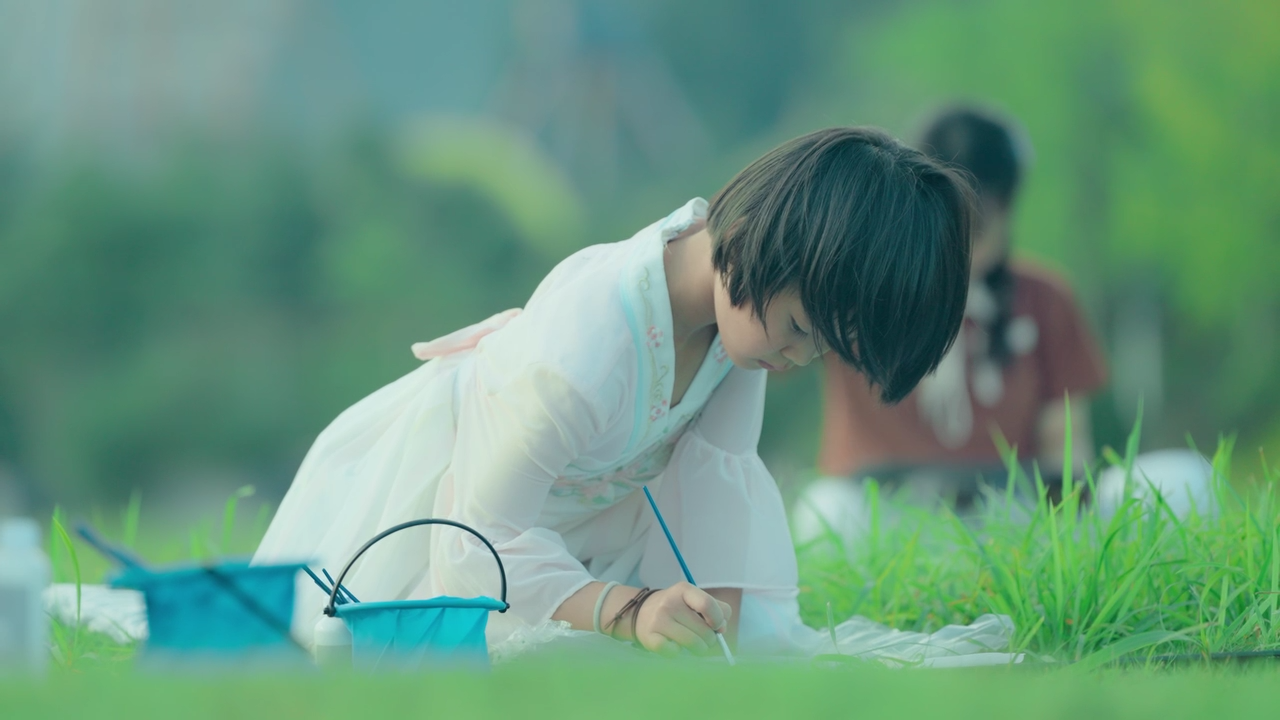
The "Life Storybook" painting sessions became a unique form of art therapy. Each class, Chunhui social workers carefully crafted themes: "The happiest day of my life," "The person I trust the most," "My secret wish." These themes gently opened the gates of memory, guiding the children to revisit, reorganize, and accept their past. With keen professional insight, the Chunhui team observed every subtle shift in the children's expressions. They offered timely emotional support, gentle non-intrusive guidance, and created enough space for each child to explore their inner world at their own pace. Through this nurturing process, each painting became a journey of healing. The children slowly learned how to express their feelings through colors and lines, to listen to each other's stories—and, in doing so, to find their own peace.
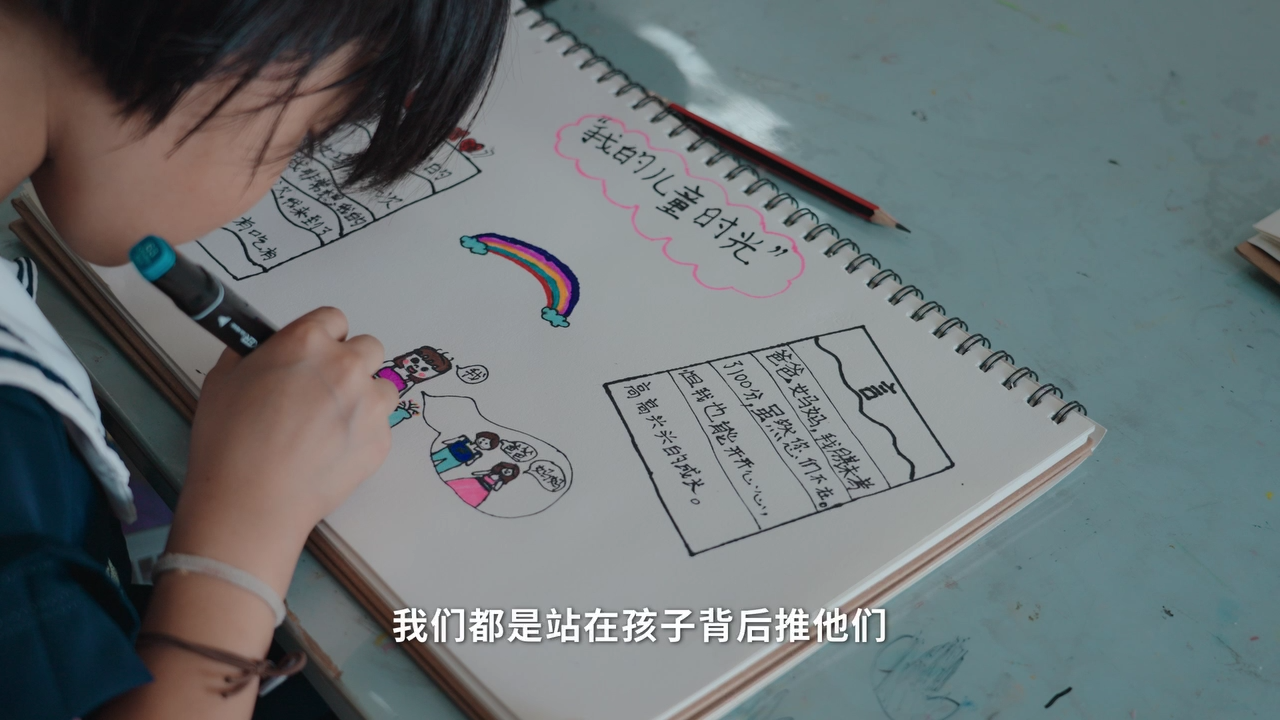
Every drawing told a story. Every moment of sharing was a step forward. Wang Li and the Chunhui social workers never tried to erase the pain in Sisi's memory. Instead, they helped her revisit and cherish what was once beautiful. With their professional intuition and quiet patience, they helped the children gently open their hearts, rediscover themselves, and sense the goodness that still remains in life. Here, the paintbrush isn't just a tool of expression—it becomes a bridge between past and future, helping wounded hearts find the strength to heal.
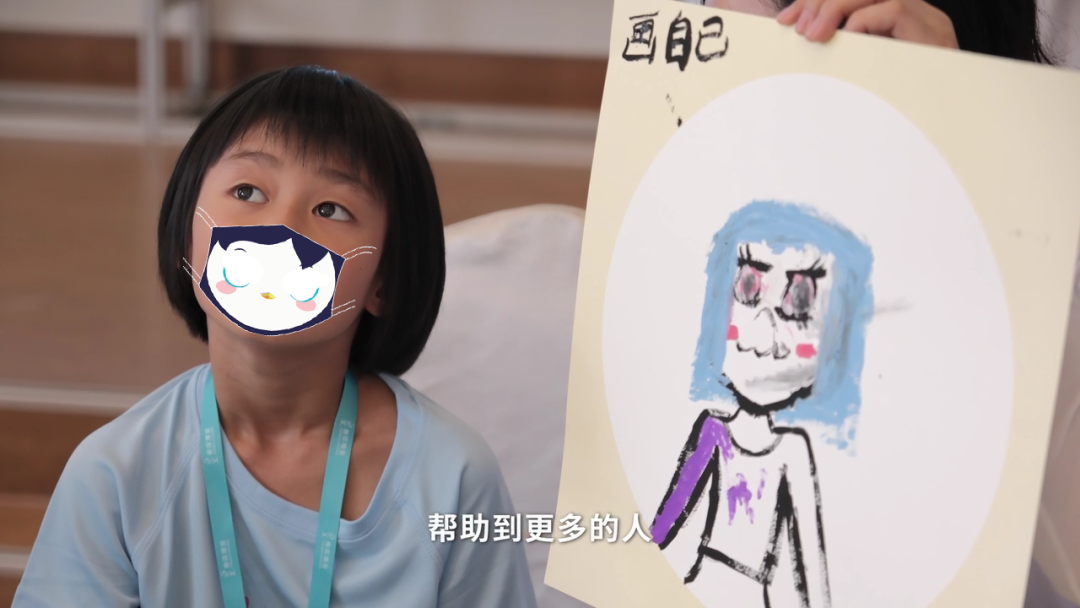
The resilience of life is always astonishing. With the steady presence of the Chunhui Village Program, Sisi's world began to unfold. She started doing somersaults in the yard, drawing cheers from the other children. She practiced the guitar with determination—even when her fingers turned red from the strings, she refused to stop. In the art room, her gaze became focused and calm. The wariness in her big eyes slowly gave way to curiosity and vitality.
Each video call felt like opening a new window. Wang Li always listened patiently as Sisi shared her little discoveries: a tiny pink wildflower blooming in the yard—she didn't know its name, but carefully sketched it in her notebook; getting a top score at school—she beamed as she held her test paper up to the camera; and once, she drew a scene from a family trip to the zoo, with her parents holding her hands as they posed in front of a giraffe. Under the loving support of Chunhui teachers, Sisi's voice grew light and joyful—as if she were becoming that carefree little girl again.
During a hospital visit, when Sisi saw Wang Li appear at the doorway, her eyes sparkled. "Mom was like that too—when I was sick, she would buy me snacks and tell jokes to make me laugh." As she spoke, she held onto Wang Li's sleeve, a satisfied smile spreading across her face. In that moment, Sisi understood: the warmth she once had didn't vanish—it simply returned in a new form. Those treasured memories never faded—they just found a new way to stay.
Now, Sisi often says, "My mom and dad are in the sky, watching me like stars." Her paintings are no longer shaded with sadness but filled with bright, vivid colors. In the pictures of "the person I trust the most," the warm smiles of Chunhui social workers began to blend with the loving faces of her parents. In her latest drawing, Wang Li became the main character. Next to it, Sisi wrote: "I'm happy here. I think those stars must be happy too."
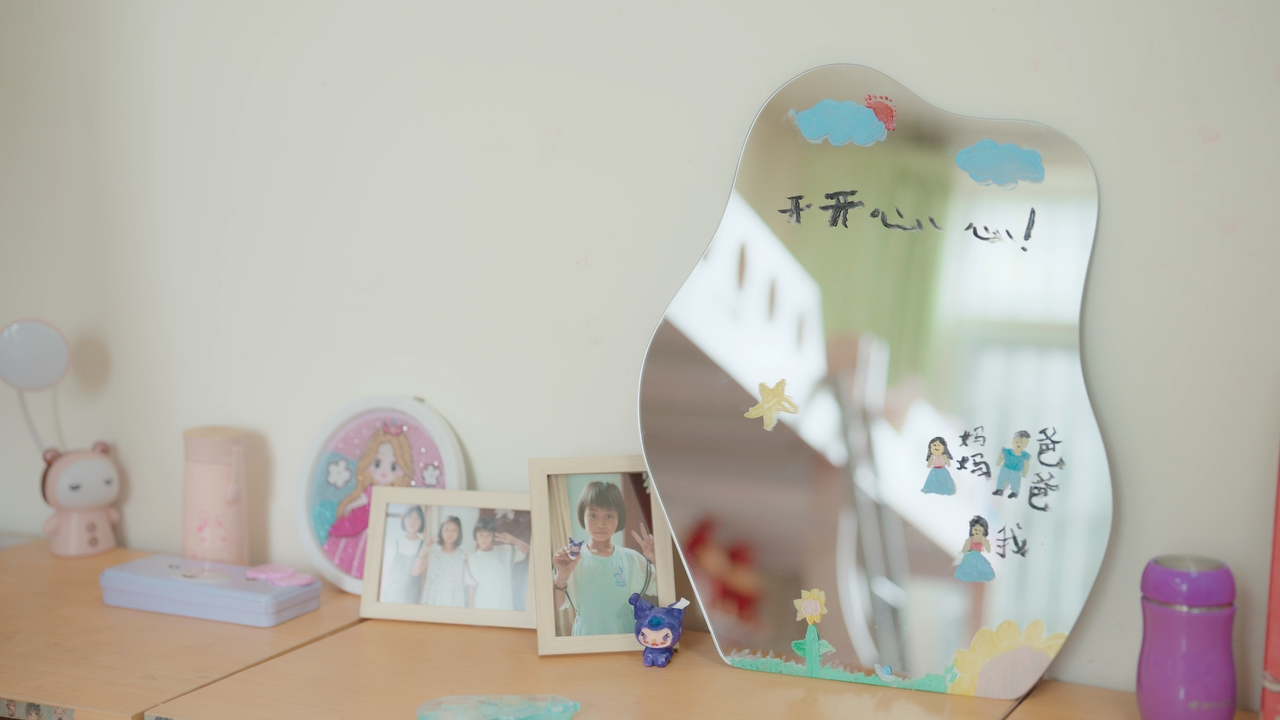
This world often expects children to be strong. But the Chunhui Village Program gently reminds every child: it's okay to cry when you miss someone, it's okay to lean on someone when you feel fragile, and it's more than okay to grow again through love that never stops. It is this tender yet unwavering companionship that has helped children like Sisi rediscover their inner light.
Those eyes that once blinked with caution still sparkle—but now, they are filled with starlight.